All products featured are independently chosen by us. However, SoundGuys may receive a commission on orders placed through its retail links. See our ethics statement.
Sony WF-1000XM3 vs Sony WF-1000XM4
July 30, 2023



It has been a couple of years since the Sony WF-1000XM3 entered the marketplace, and we liked it for its sound quality and intuitive design. With the newly released Sony WF-1000XM4 test results in, we asked: is it worth upgrading, or should you take advantage of the WF-1000XM3 price drop?
Editor’s note: this post was updated on July 29, 2023, to mention the newer Sony WF-1000XM5, and to update formatting.
Sibling rivalry with the Sony WF-1000XM3 and WF-1000XM4
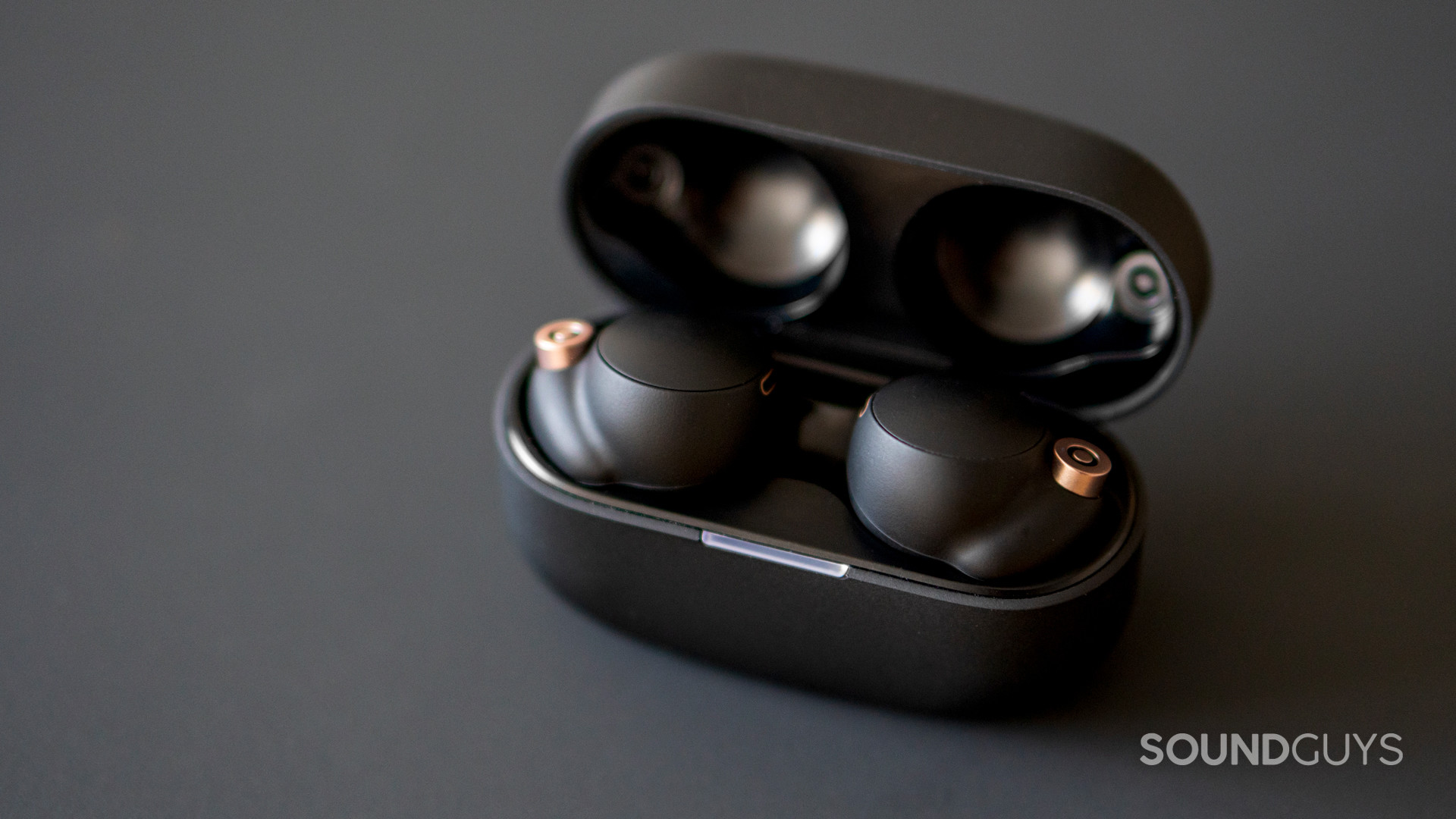
There is a clear generation gap between the Sony WF-1000XM3 and its younger sibling, the WF-1000XM4, but the resemblance is obvious. On paper, both earphones have a lot in common, but the WF-1000XM4 basically takes all the features of the XM3 and improves upon them, albeit at a premium cost.
The WF-1000XM4 is smaller and fits better. The WF-1000XM3 is no slouch, and the touch controls competently work, but the aesthetic design is comparably dated. The older earbuds are also significantly larger, with a sort of exaggerated pill shape. This design is typical of other noise canceling true wireless earphones, like the Bose QuietComfort Earbuds.
In a gesture of environmental tokenism, Sony ships the WF-1000XM4 in recycled packaging. The Bluetooth 5.2 support and newly added LDAC codec to the roster. The WF-1000XM4 buds come in a slick capsule-like charging case providing around 24 hours of charge between the earphones and the case charges. Of the two, only the WF-1000XM4 sports an IPX4 rating for durability.
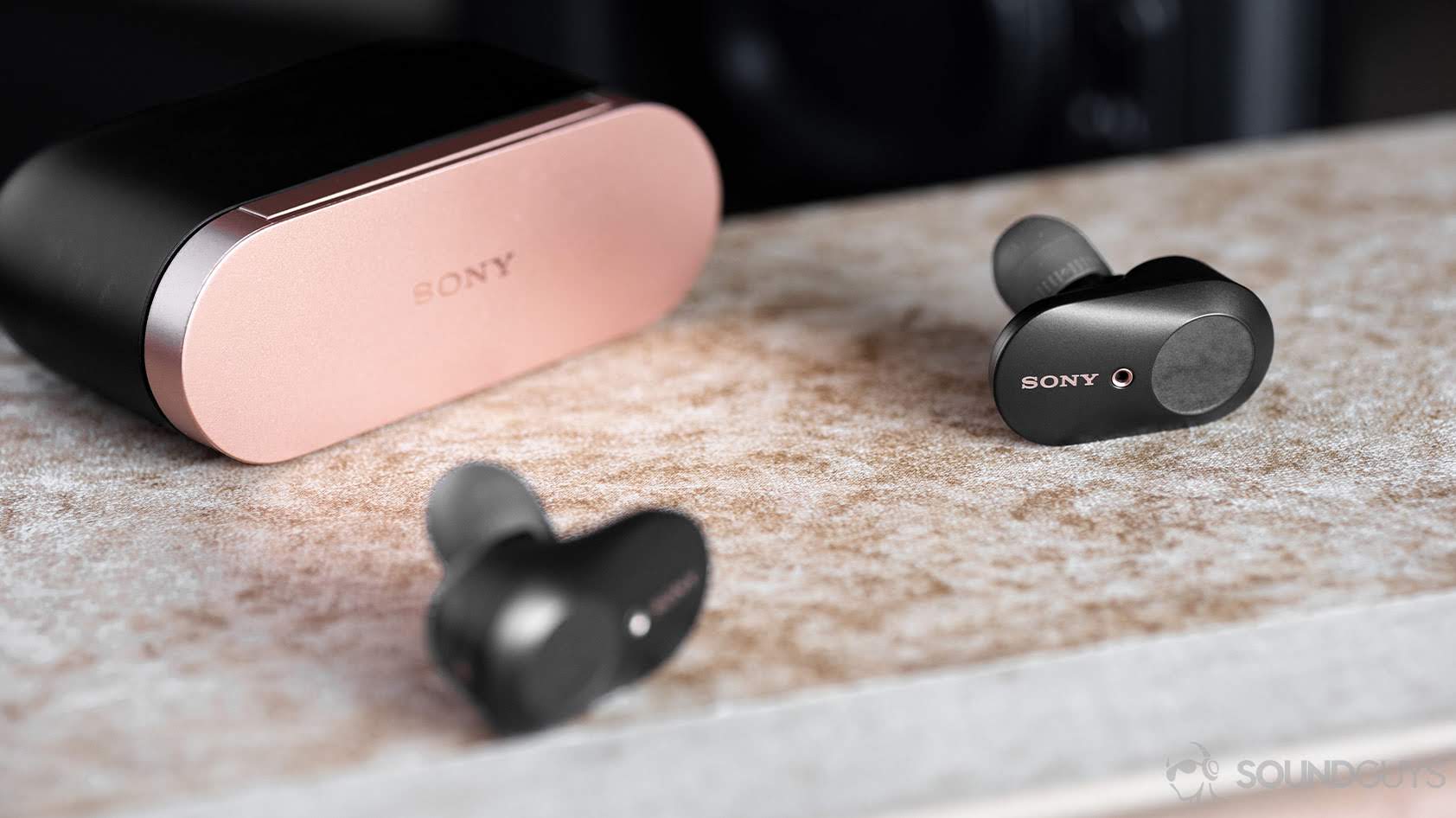
The WF-1000XM3 (can we please get better names, Sony?) arrives in a white glossy box that looks par for the course in the earphones market. You can recycle it. You get the older (but still good) Bluetooth 5.0 connection and only AAC and SBC codecs. The case is bigger, but not large, and it’s easy to scratch.
Most of the controls are on the right earbud of the WF-1000XM4, with the left dedicated to ANC modes. Both models work very well, but the newer WF-1000XM4 is less clunky without costing any functionality.
A case for better cases
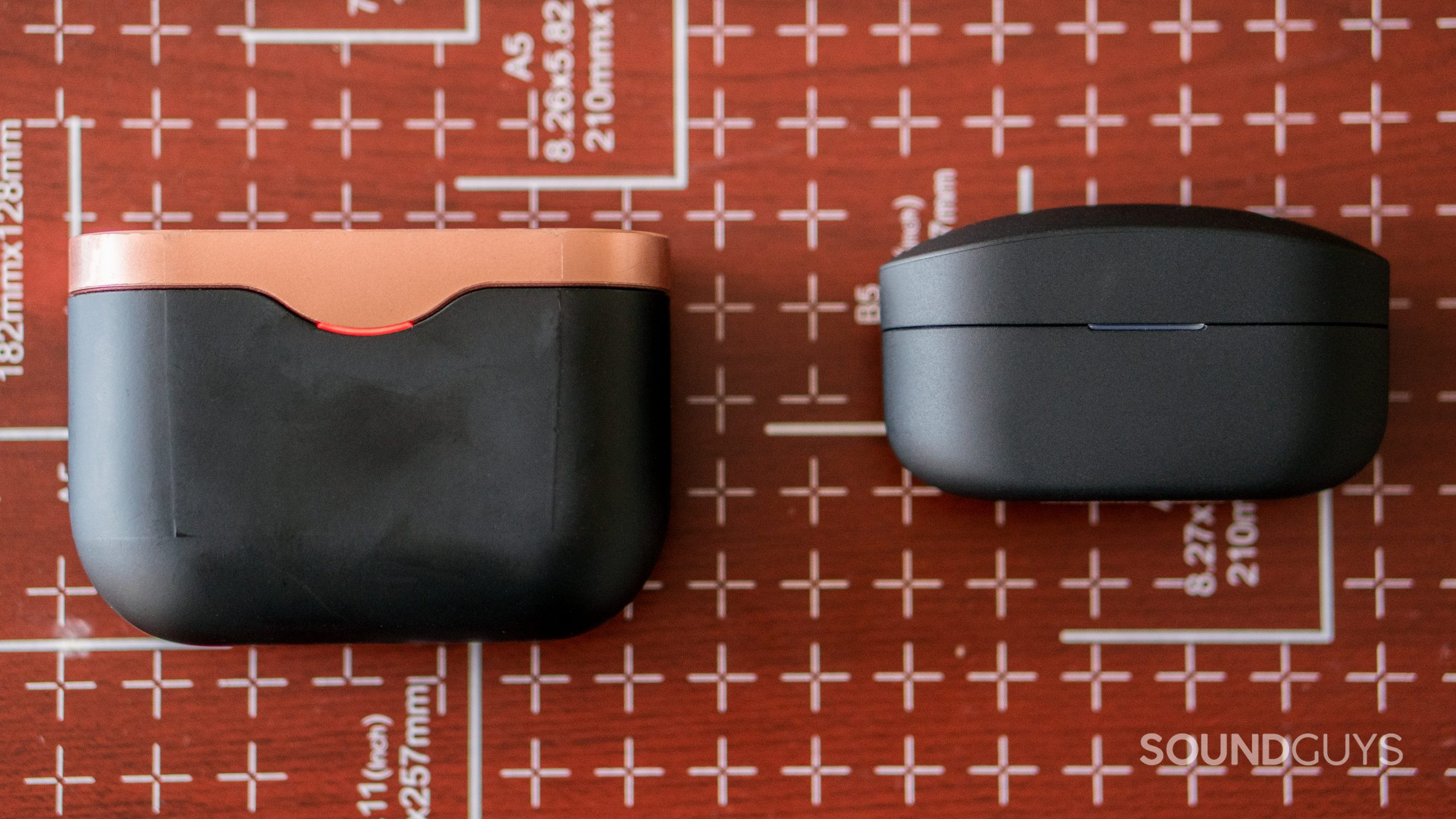
Much like the race of flip phones to get smaller in the 2000s, true wireless earphone cases seem to get easier and easier to lose. Unless you have those trousers with fake pockets, both the WF-1000XM3 and XM4 cases will fit in your pocket. The case for the WF-1000XM3 is a bit of scratch magnet, and while the copper lid is attractive, stash it away in a bag or pocket and it’ll accrue scars. Sony switched to the decidedly more stealthy, single-color matte plastic case for the WF-1000XM4. It’s pretty resistant to fingerprints and scratches — a thoughtful improvement.
Take the WF-1000XM4 to the gym
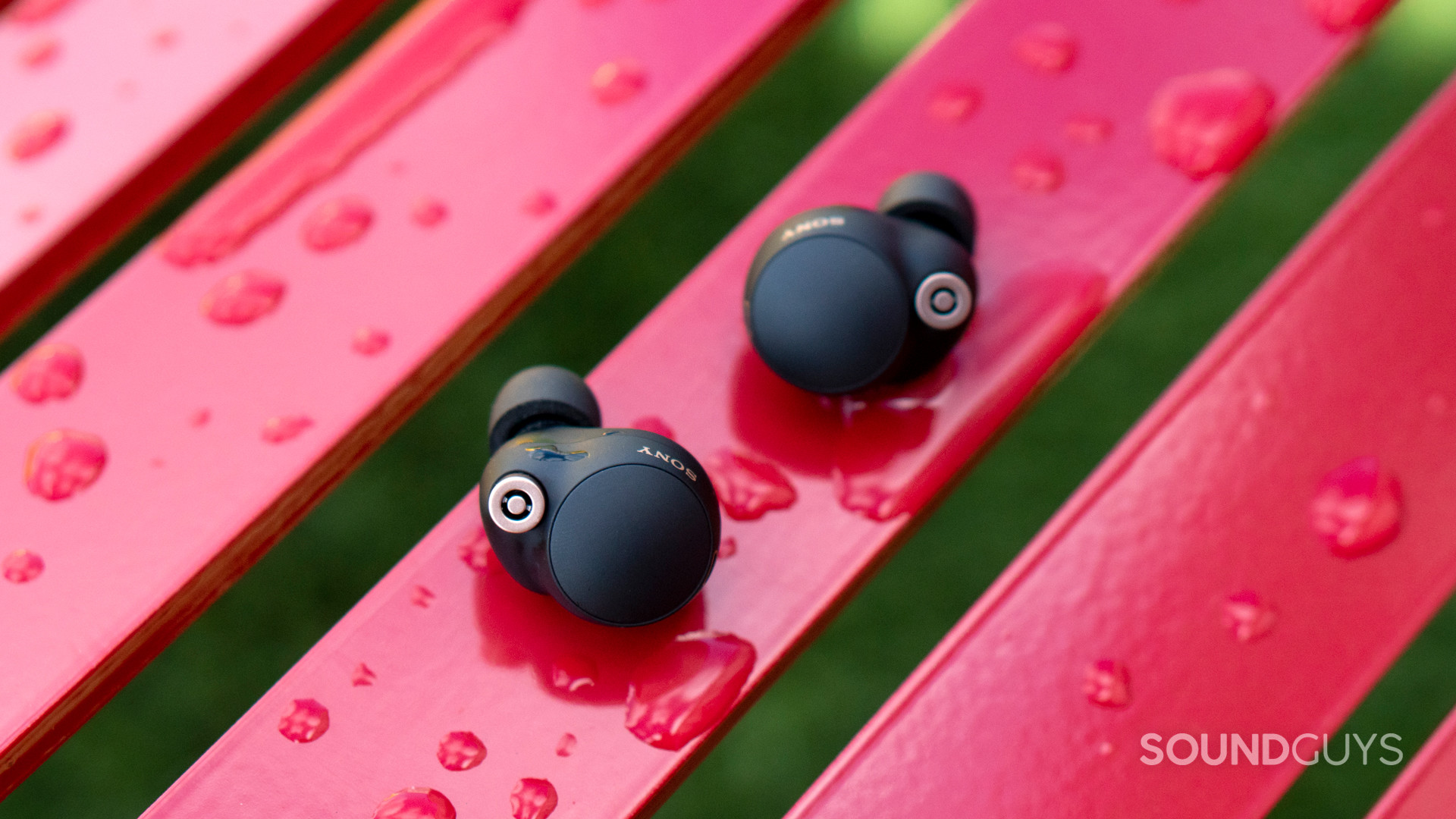
This one is simple: if you plan on sweating or live somewhere humid, the WF-1000XM4 is your best bet. Because the WF-1000XM3 has no IP rating, we can’t recommend it for activity involving moisture. The IPX4 rating on the WF-1000XM4 is an improvement on no rating, but it’s still just sweat-resistant — you can’t submerge any of these earbuds in water. With that said, it’s nice to know you’re not going to destroy your premium earbuds just because it’s a hot day or you had an intense workout.
Does the Sony WF-1000XM4 or WF-1000XM3 have better noise canceling?
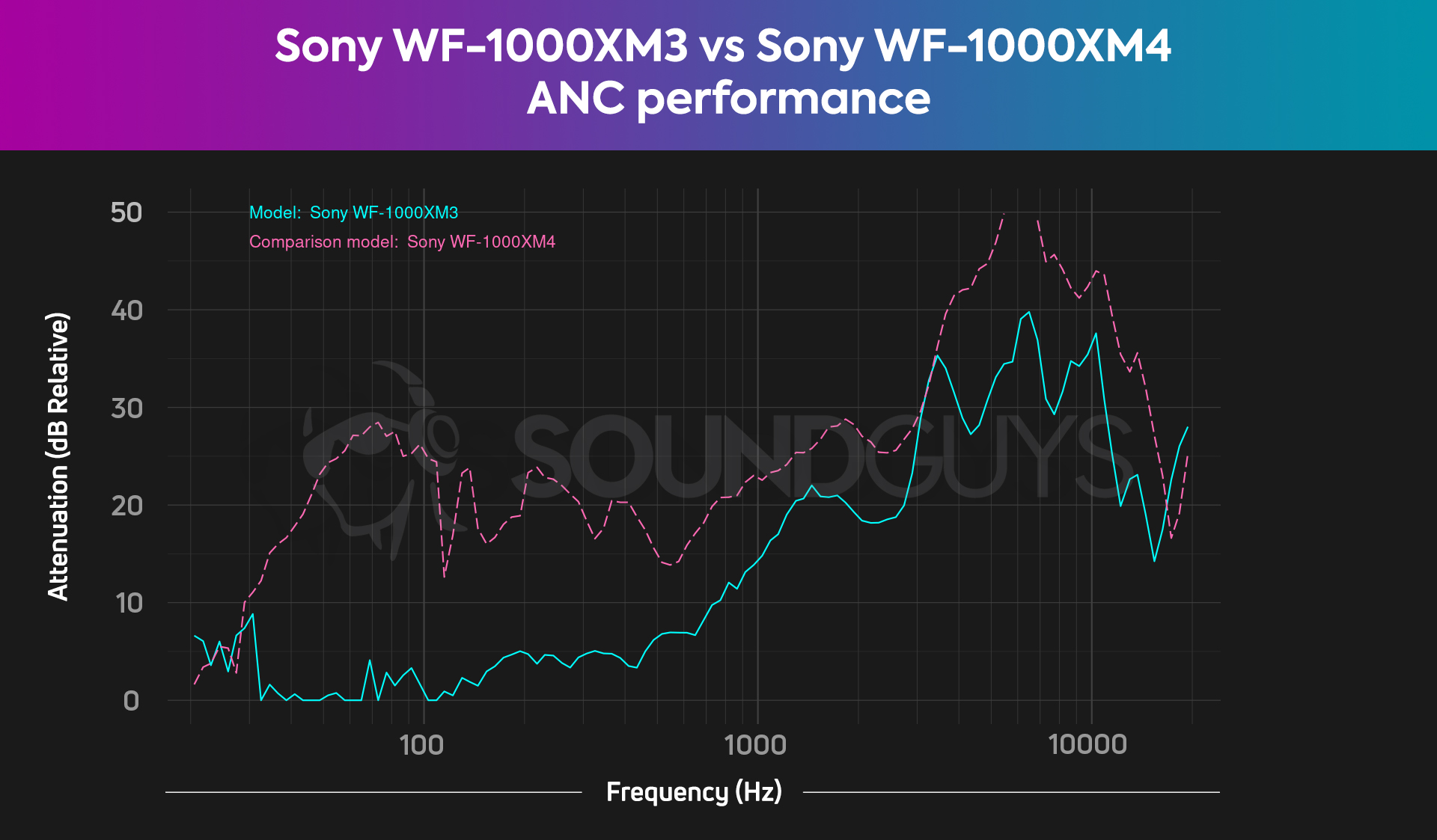
Noise canceling technology is best at combating low, droning frequencies, and the WF-1000XM3 was pretty good at that when it was released in 2019, but the WF-1000XM4 is better across the board. In lower registers, the WF-1000XM4 comprehensively attenuates approximately between 5-25dB of noise. The older iteration, meanwhile struggles to attenuate more than 5dB in the bass frequencies.
On the WF-1000XM4, you can cycle through the ANC modes, including ambient sound, by tapping the left earbud. The Speak to Chat feature is particularly useful when someone needs to ask a quick question, automatically turning on audio passthrough when someone starts talking, so you can have a conversation without having to hit pause or remove the earbuds. That said, we all know you’re polite and will remove the earphones for long conversations, right? It’s no contest, and the WF-1000XM4 is the clear winner here.
Remember that noise cancelation and isolation are two sides of the same coin. A good, isolating fit that seals to your ear canal is the easiest way to reduce how much external noise you hear. The included foam ear tips with the WF-1000XM4 are great for this—if you compress them and then let them reinflate to fit the shape of your ear, you’ll get a super secure fit.
The Sony WF-1000XM3’s large selection of ear tips offers a different flavor of the same principle in silicone and a less conforming foam. This improved isolation makes a difference before even testing out the active noise canceling (ANC) between the models, as isolation is better at reducing the volume of high pitched and incidental clangs than ANC.
Does the Sony WF-1000XM4 or Sony WF-1000XM3 have better Bluetooth codec support?
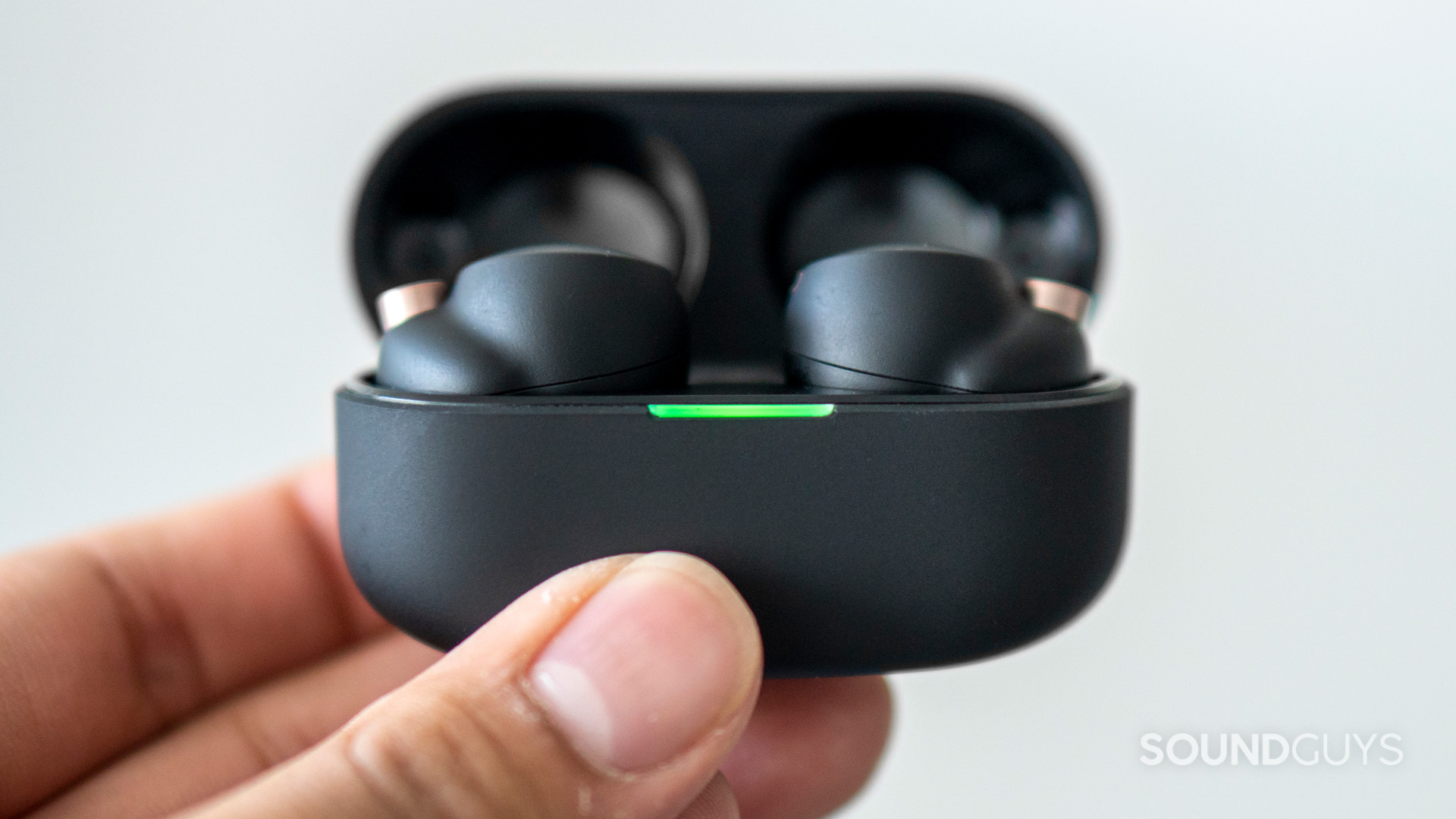
While Apple devices still use the AAC codec for wireless audio, an area where it’s a tie between both Sony earbuds, Android users get to access Sony’s high-bitrate LDAC codec with the WF-1000XM4. In the battle for superior audio quality, this one goes to the new guy in town.
Both sets of earphones provide Sony’s 360 Reality Audio surround sound. This makes them both better than your average earphones because 360 Reality Audio creates a greater spatial surround sound experience—mind you, it’s limited to platforms that are compatible like Tidal, Deezer, and Amazon Music HD. The track selection is further narrowed by the necessity that 360 Reality Audio requires songs to be mixed specifically for surround sound.
DSEE is Sony’s workaround to upscale lossy audio to high resolution. The WF-1000xm3 has DSEE HX and the WF-1000XM4 has the upgraded DSEE Extreme. The difference is hard to notice for most people, but DSEE is helpful for lossy streaming in either case. It uses an algorithm to contextually predict and add missing frequencies to lossy audio files.
Will you get more battery out of the Sony WF-1000XM4 or WF-1000XM3?
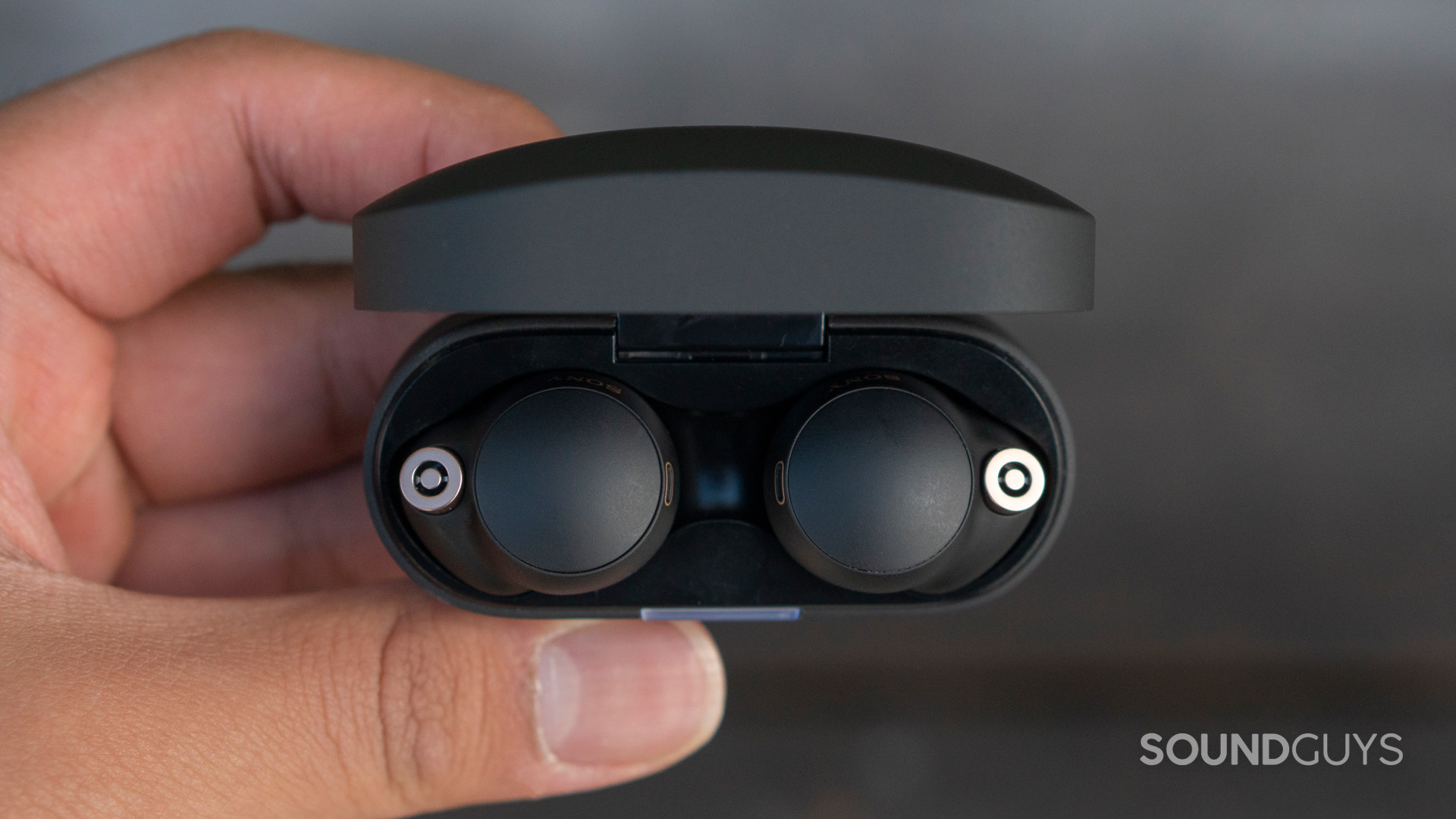
The Achilles’ heel of any true wireless earphone is its battery life. Batteries have come a long way, but constant recharging is always going to reduce lifespan, which is why besides convenience, it’s good to have a long-lasting battery onboard. The WF-1000XM3 works for 4 hours, 46 minutes in our testing, and the new WF-1000XM4 manages 7 hours, 43 minutes.
The WF-1000XM4 case provides at least two extra charges, totaling about 24 hours of power. It charges via USB-C, as does the WF-1000XM3. The WF-1000XM4 can also charge wirelessly with a Qi pad. The case for the WF-1000XM3 provides three additional charges, but remember the XM3 has a significantly shorter battery life overall, yielding around 19 hours total, including the buds.
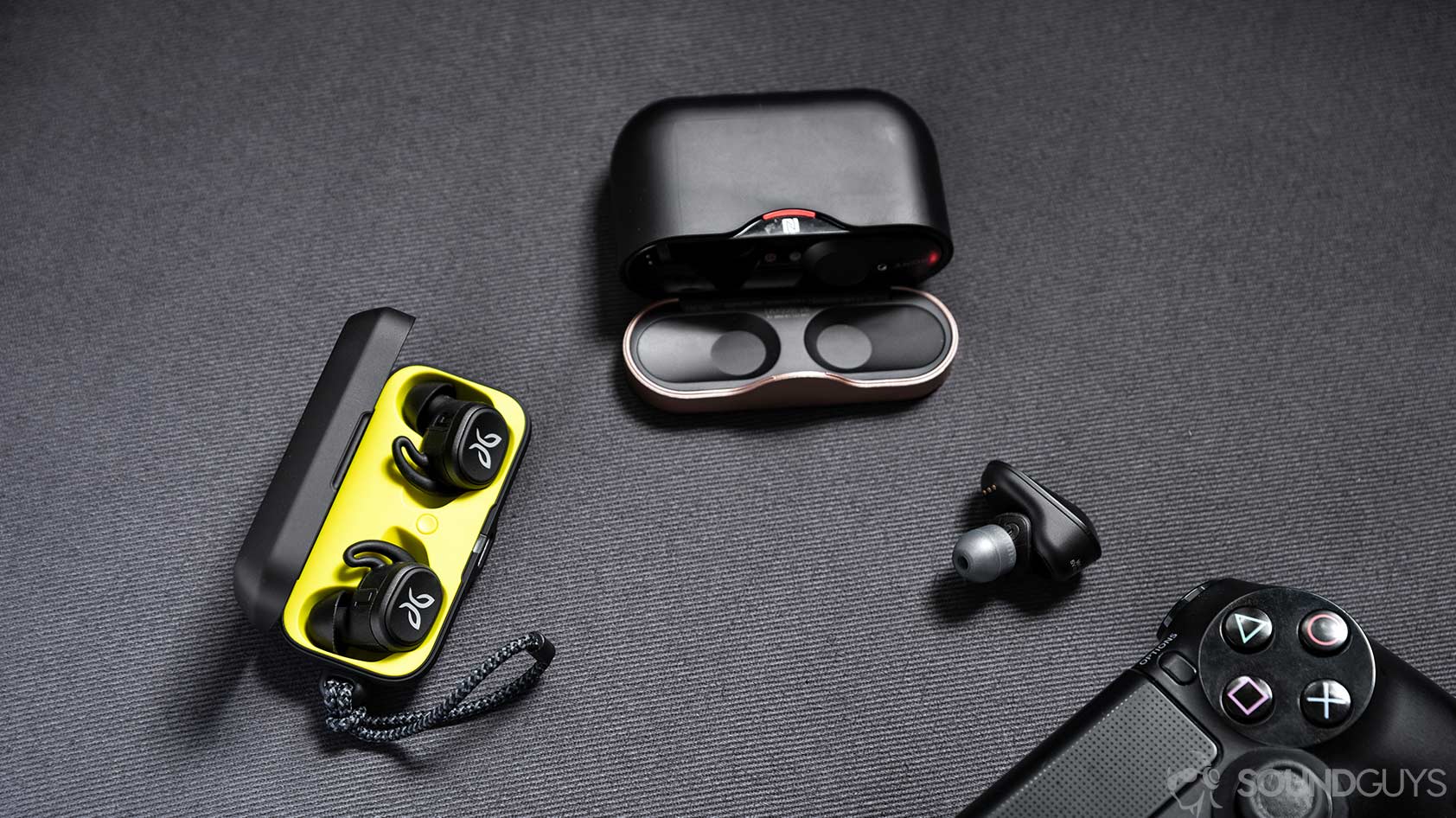
Powering features line ANC and DSEE takes a lot of juice. Part of the improved battery life on the WF-1000XM4 is Sony’s implementation of Bluetooth 5.2, which is kinder to batteries than previous Bluetooth versions, and the Sony V1 processor, which uses less energy for basic functions. Bluetooth 5.2 also has the potential to support LE Audio down the line, perhaps in a firmware update, though Sony has yet to confirm this.
Does the Sony WF-1000XM4 or Sony WF-1000XM3 sound better?
At a glance, the frequency responses of the Sony WF-1000XM3 and WF-1000XM4 are somewhat similar, with a bass boost and mids that are relatively quiet compared to the bass. The Sony WF-1000XM4 more drastically tapers down in volume in the upper registers than the XM3. This under-emphasized treble response can make it difficult for you to hear higher-pitched harmonics.
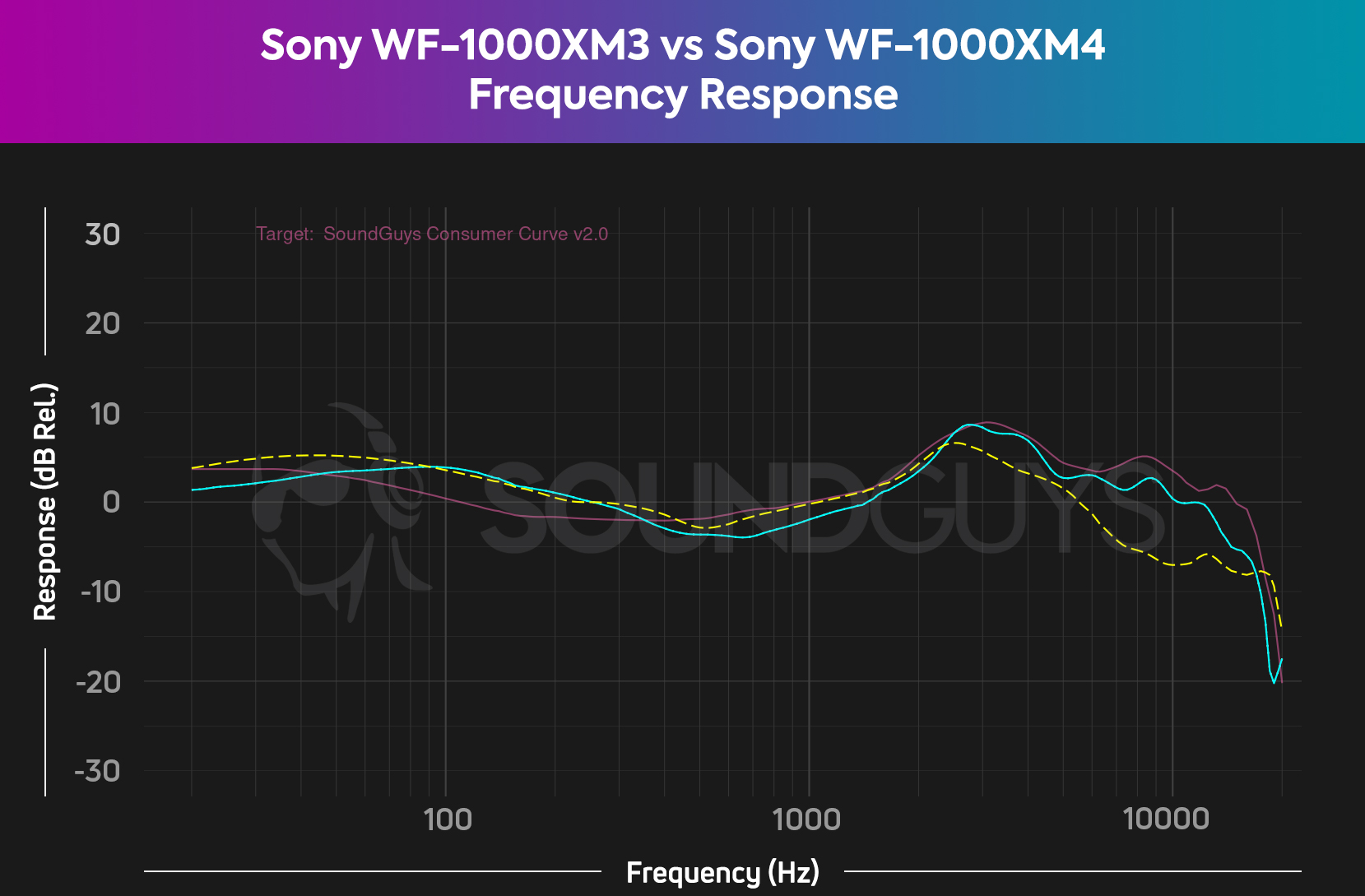
The Sony WF-1000XM3, however, has a different problem in that the amplified bass notes can mask the more under-emphasized 400-2000Hz range. Again, making it hard to hear vocals and popular string instruments like the acoustic guitar. Otherwise, the highs more closely follow our preferred headphones curve. Though imperfect, these are generally consumer-friendly frequency responses, but they’re also not set in stone.
Using the Sony Headphones Connect you can adjust your EQ to suit your tastes. On the WF-1000XM4 you can even use our house frequency response curve as a guide: turn down the lower mids and bass a touch so they don’t mask treble notes. If you’re spending the money, you might as well use the app’s feature to improve on the template.
Both earbuds are compatible with the Headphones Connect app, available on iOS and Android, and you’ll need to download it to get the best sound out of either.
Hold up! Something’s different:
This article’s microphone demos are not all updated. It will take a while to update our backlog of old test results, but we will update this review (and many others!) once we’re able with improved sound quality measurements, isolation performance plots, and standardized microphone demos. These will be made obvious with our new chart aesthetic (black background instead of white). Each new mic sample begins with the phrase, “This is a SoundGuys standardized microphone demonstration …”
Thank you for bearing with us, and we hope to see you again once we’ve sorted everything out.
Which pair of earbuds is best for phone calls?
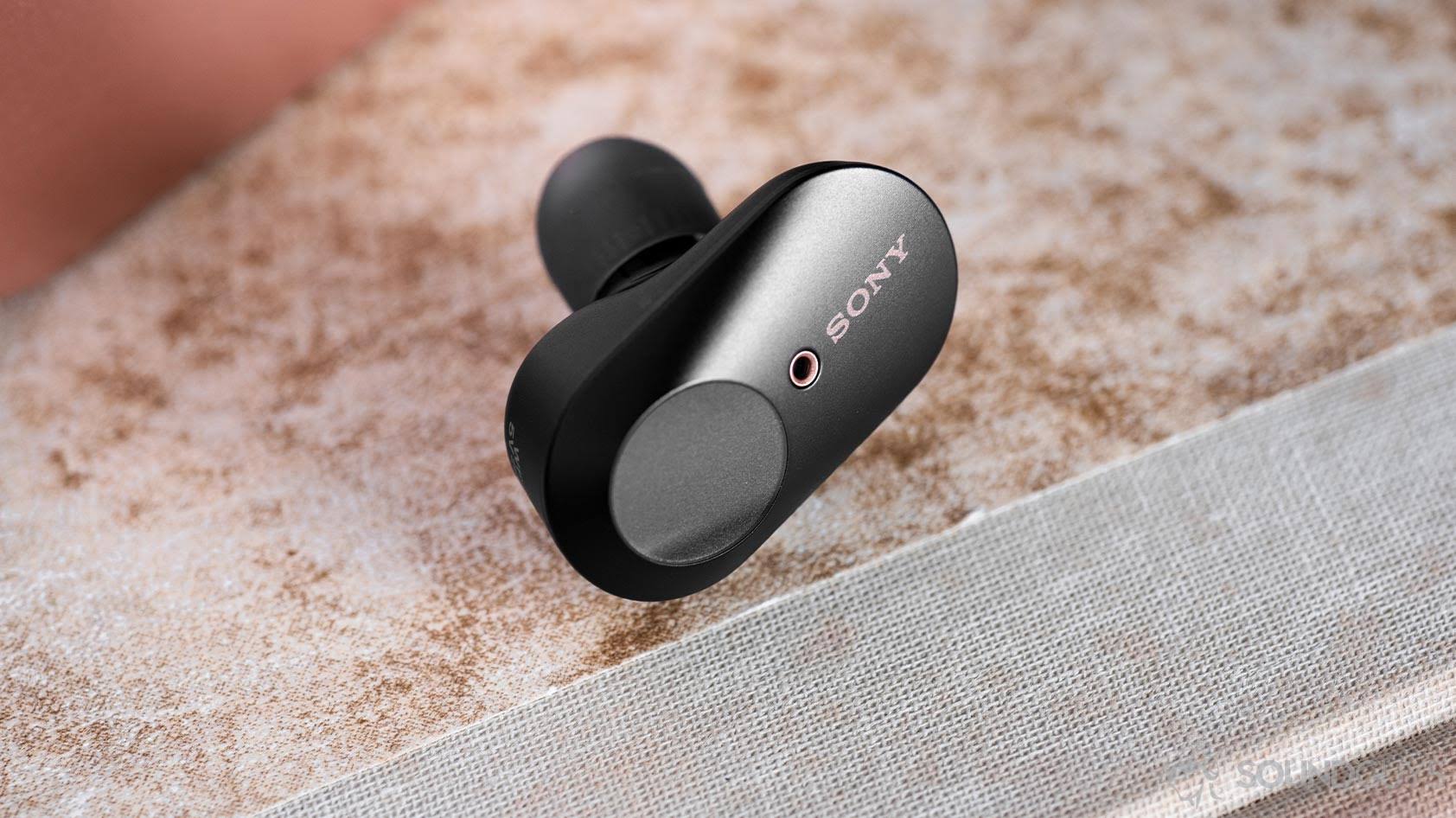
Sony added a feature to detect and boost the frequencies your voice is in when you’re speaking into the mic on the WF-1000XM4. However, as of November 19, 2021, 74% of respondents prefer the WF-1000XM3 microphone. Both models have useable microphones, but it’s a weak spot in both generations, especially compared to a company like Jabra, for instance. What do you think?
Sony WF-1000XM4 microphone demo (Ideal):
Sony WF-1000XM4 microphone demo (Office):
Sony WF-1000XM3 microphone demo (Non-standardized):
Which microphone do you think sounds better?
Sony WF-1000XM4 vs Sony WF-1000XM3: Which is the best?

In virtually every category the Sony WF-1000XM4 beats out the WF-1000XM3, except for price and microphone. If you don’t need excellent ANC and you’re using an Apple iPhone (so you don’t have a use for the LDAC codec), save money and buy the WF-1000XM3, which can be found for as much as 50% less money. It offers a lot at that price point.
On the other hand, here you are reading about premium true wireless earphones, and the Sony WF-1000XM4 is superb. You get some very good ANC, improved battery life, a more durable case, and an overall better product that renders high-bitrate audio. Price aside, without hesitation, the Sony WF-1000XM4 is the best. Unless you consider the even newer, Sony WF-1000XM5 ($298 at Amazon), which takes the same ingredients and refines them with improved ANC and a smaller bud.

What should you get instead of Sony’s earbuds?
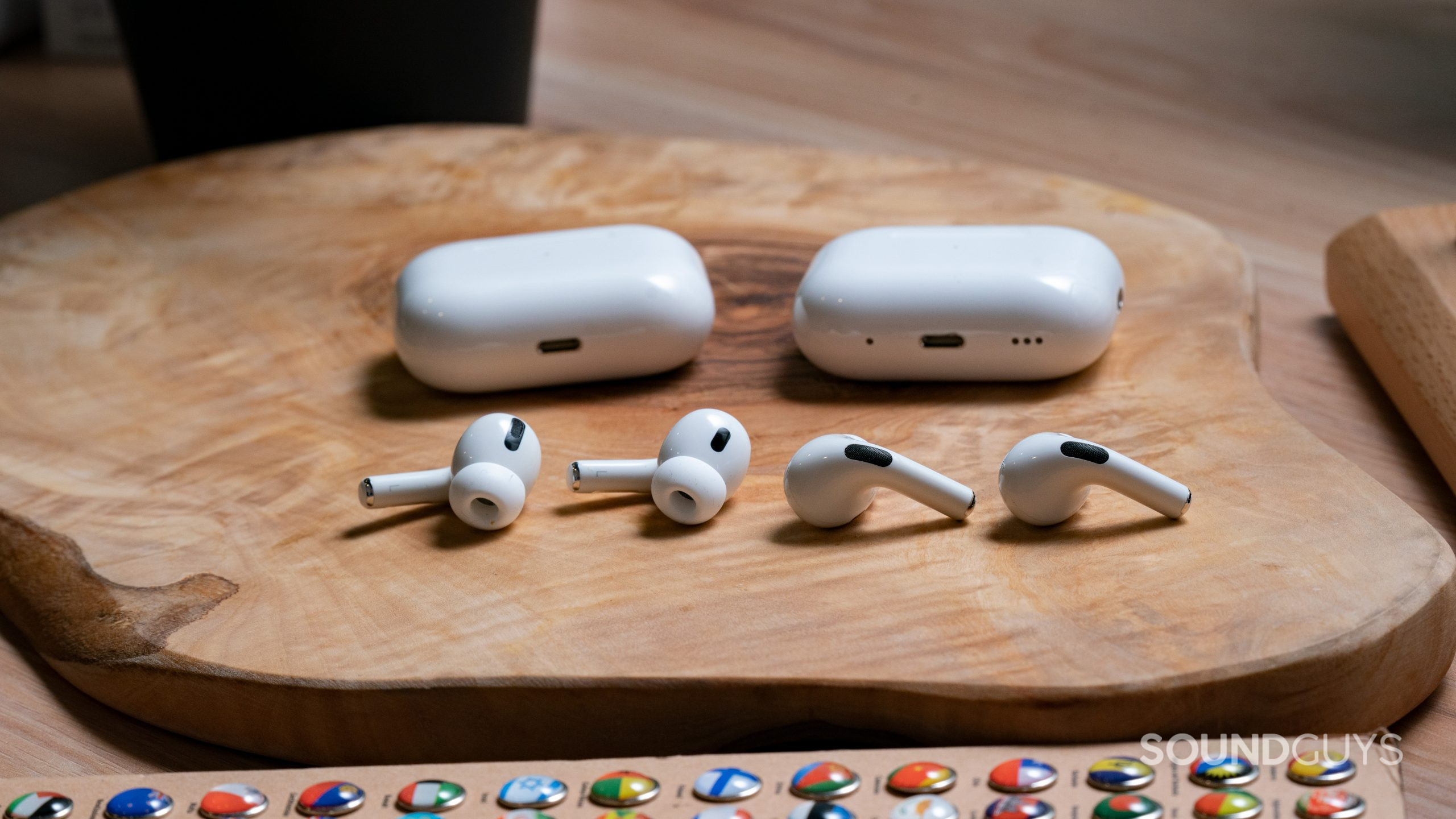
If you own an Apple iPhone the noise canceling AirPods Pro (1st generation) is an obvious, but warranted, choice. It gives access to spatial audio and has the H1 chip for fast and consistent connection. Conversely, for the same or better performance across the board, the AirPods Pro (2nd generation) has better noise canceling (for $199.99 at Amazon) than the cheaper 1st generation Pro (at on the product’s website). These AirPods, unlike the unsealed AirPods (3rd gen), comes equipped with ear tips to ensure you get a good fit.
For Android users, you can try something like the Samsung Galaxy Buds 2 Pro which competes with Sony with its own ANC and its own surround sound. Specifically, the Samsung Seamless Codec works similarly to the LDAC for folks in the Samsung ecosystem, potentially supplying 24-bit audio. It also offers automatic device switching between other Samsung devices. Keep in mind that Sony is decidedly more device-agnostic, should you decide to trade allegiances. However, the price of the Galaxy Buds 2 Pro is very competitive ($179 at Amazon), especially compared to the WF-1000XM4.
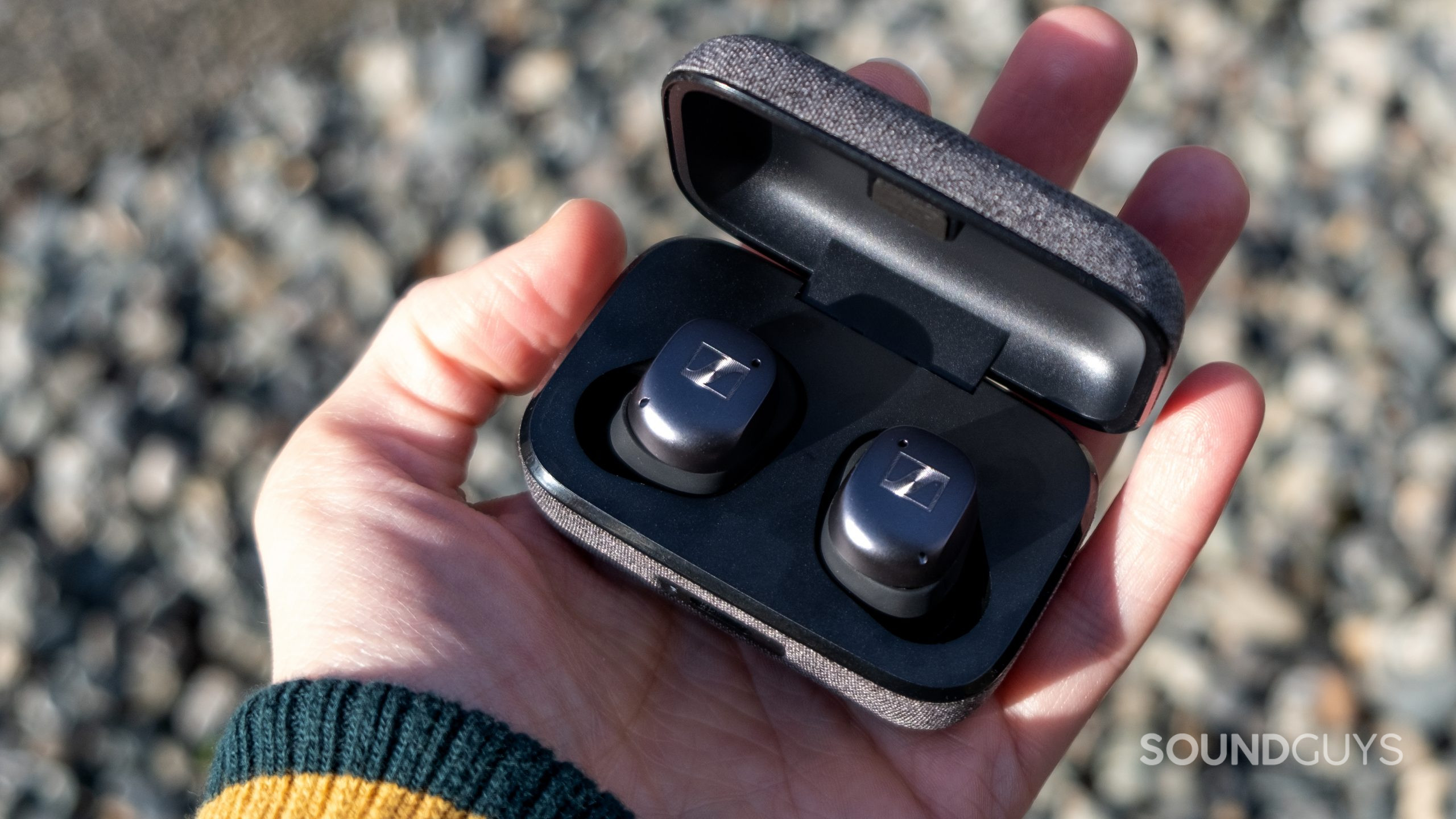
For an OS-agnostic premium set of earbuds, check out the Sennheiser MOMENTUM True Wireless 3. It offers competitive ANC performance and a very pleasant frequency response. You don’t get surround sound, but until surround sound is more ubiquitous in music, for most people it’s still a novelty. For Android, you get plenty of aptX codec options, and trusty AAC for iPhones.
Frequently asked questions about the Sony WF-1000XM4 vs Sony WF-1000XM3
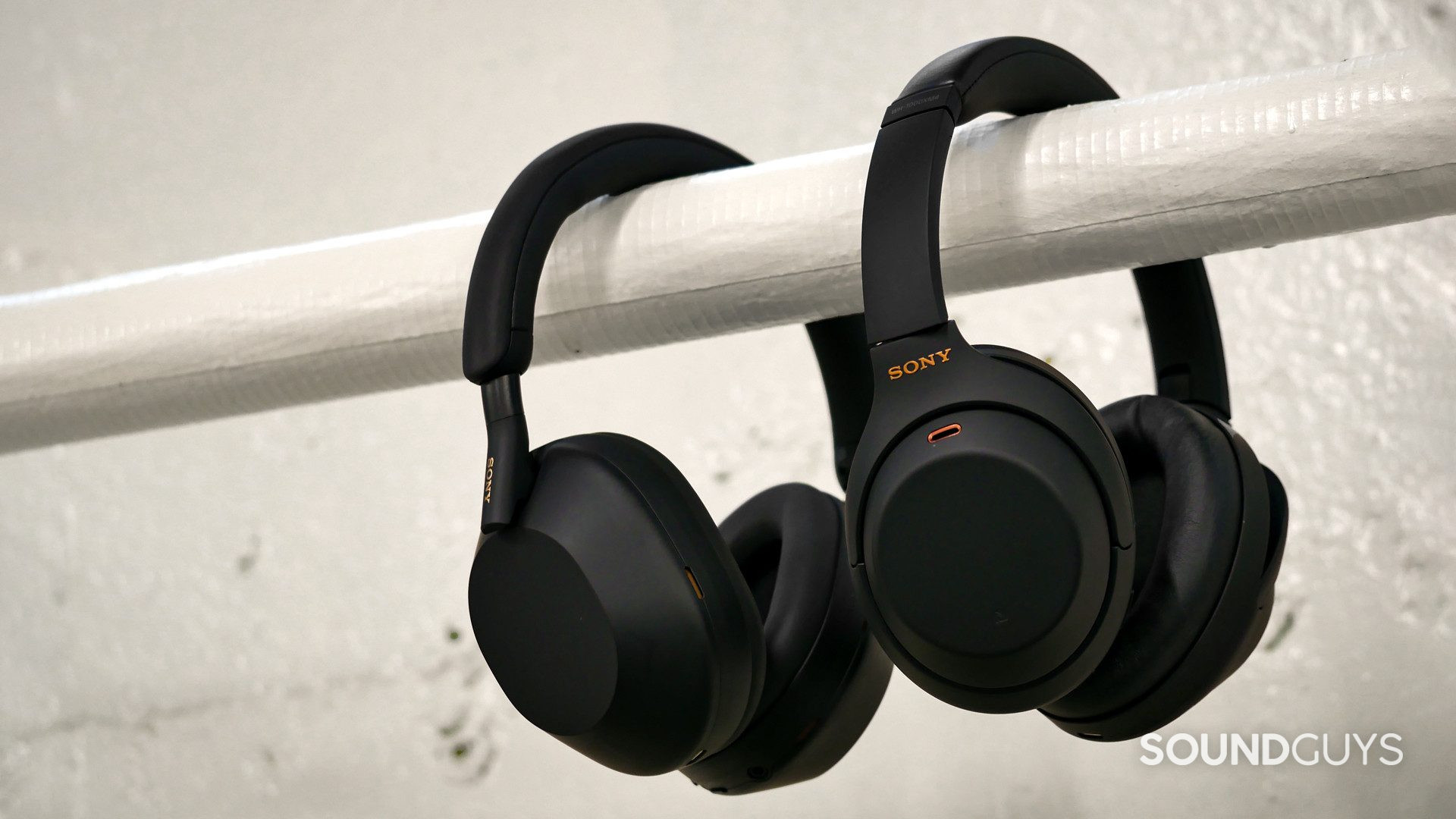
It depends on what headphones you’re comparing to what earbuds but when talking about various flagship models, yes, Sony’s headphones and earbuds are all pretty top-notch. Just look at the Sony WH-1000XM5 and WH-1000XM4: both of these wireless headsets have unique features like speak-to-chat and some of the best ANC in the business. While you’ll get better isolation and ANC from the WH-1000XM5 compared to the more compact WF-1000XM4, the XM5 over-ear headphones aren’t nearly as compact. In fact, unlike the XM4, the XM5 doesn’t even have folding headphone hinges and can only lay flat.
While you can use the WF-1000XM4 for exercising, given its IPX4 sweatproofing, the WF-1000XM3 is not certified against the elements. With that said, neither set is ideally suited. The WF-1000XM4 doesn’t have stabilizers or ear hooks to ensure the buds stay in. It’s also an expensive set of buds to lose or have fall out if you’re doing something rigorous. Thankfully, we have some other suggestions for you.
For the first year or more of the Sony WF-1000XM4, it did not have Bluetooth multipoint. In October of 2022 Sony announced a forthcoming update that will introduce multipoint.
Thank you for being part of our community. Read our Comment Policy before posting.